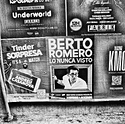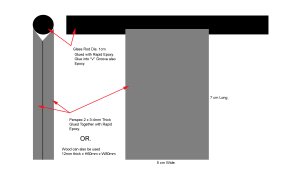Hi Paul, here's the basics of it:
Papers for kallitypes:
Arches Platine
Crane’s Platinotype
Stonehenge Rising
Buxton Platinotype
Other supplies:
My UV light: QUANS 110v 20W UV LED light US$49.99 on Amazon
UV-safe goggles
Gloves (and eye protection?)
Safelight (dim incandescent or a yellow bug light)
Coating rod and/or brush (Jack Richeson 9010)
A flat, waterproof surface (plate glass?)
Flat-bottomed tray
pH test strips
Coating solution:
Ferric oxalate (20%) or Solution #1 (27%) cut 5:1 with water
10% silver nitrate
TWEEN-20
Ammonium dichromate 5%
Processing chemicals:
Developer: there are many developers for kallitypes. 20% sodium citrate is the most common. I use a developer suggested by kallitypist Russell Young using borax and Rochelle salt. See
https://unblinkingeye.com/Articles/Ferric/ferric.html
Citric acid
Toner (gold, palladium or platinum)
Fixer: 3-5% sodium thiosulfate (hypo)
Hypo clearing agent: 1% sodium sulfate
Here’s the sequence of development:
Develop: 10 minutes
First rinse: 2 minutes
Second rinse: 2 minutes
Clear (3% citric acid): 2 minutes
Wash: 1 minute
Toner: 2-10 minutes (gold, palladium or platinum)
Rinse: 1 minute
Fixer: 2 minutes
Wash: 1 minute
Hypo clear: 2 minutes
Wash: 20 minutes
Tom






